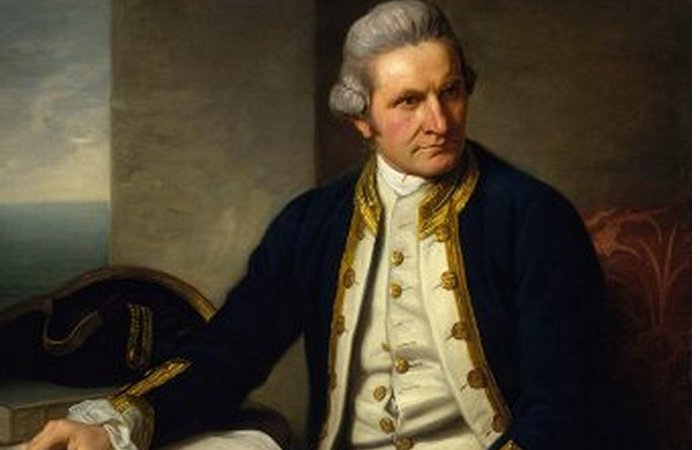AncientPages.com - On April 19, 1770, Captain James Cook spotted and claimed the East Coast of Australia
Cook was born in northeast England in 1728, and in his late teens, he worked on ships along the English coast and the Baltic Sea.
Portrait by Sir Nathaniel Dance-Holland, c. 1775, National Maritime Museum. Credit: Public Domain
In 1755, he joined the navy, seeing action in Canada and surveying the St Lawrence River, resulting in Quebec's British capture.
On August 26, 1768, The HMB Endeavour set sail from England's Plymouth Harbour under the command of Captain Cook, an accomplished surveyor, astronomer, and navigator.
The ship's crew was instructed to make for Tahiti, where they would observe and record the transit of Venus across the face of the Sun. Cook also carried additional instructions from the Admiralty ordering him to explore the Southern Ocean, searching for Terra Australis incognita - the unknown southern land.
After the war, Cook's skills were put on further display when he mapped the coast of the Canadian island of Newfoundland. Under commission from the Royal Society, the Endeavour entered the South Pacific via Cape Horn, reaching Tahiti in April 1769, where the crew observed the transit of Venus on June 3.
See also:
James Cook – Navigator And Explorer – Killed On February 14, 1779
Cook's instructions next took him south, where he was to determine the existence of a southern continent. The Endeavour circumnavigated and mapped New Zealand before traveling west, where on April 19, 1770 Cook spotted and claimed the east coast of Australia for the Crown.
He named it New South Wales.
AncientPages.com
Expand for referencesReferences:
